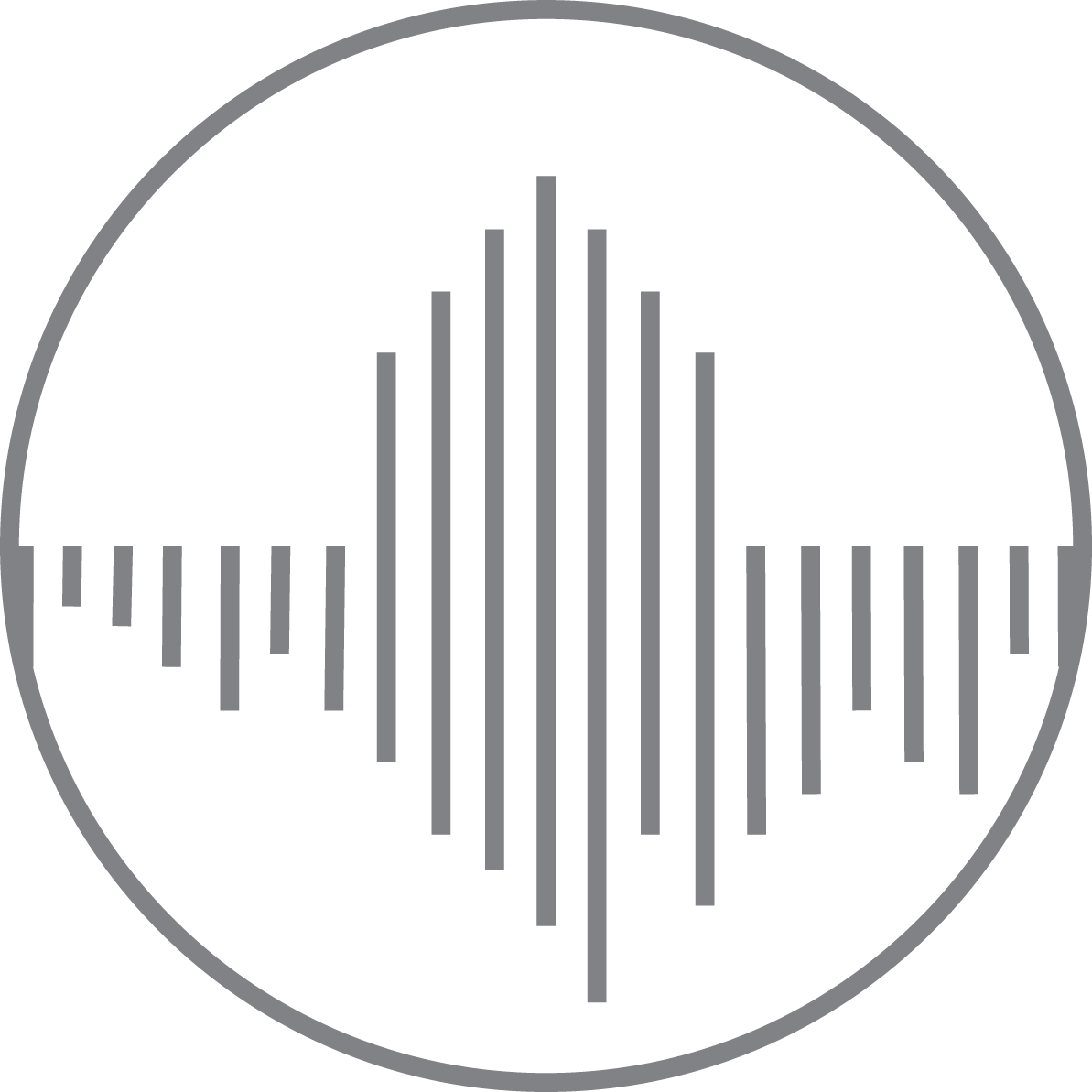The Cost-Effective Form of a House
Building an energy-efficient home is becoming increasingly popular due to the benefits of reduced energy bills, better indoor air quality, and a more comfortable living environment. However, constructing such a home can be more expensive than a traditional home, so it's essential to understand the cost implications of design decisions, particularly during the planning and construction phases.
One aspect that can significantly impact the cost of an energy-efficient home is the form factor. Form factor is the ratio of the total external surface area of the thermal envelope to the treated floor area. In other words, it measures the compactness of a building.
A building with a lower form factor score requires less insulation in the same climate, leading to significant cost savings. A higher form factor, on the other hand, requires thicker or high-performance insulation, which can be more expensive and also require more complex structural solutions.
The heat loss form factor, which is the ratio of the thermal envelope surface area to the treated floor area, is a useful measure of a building's compactness and energy efficiency. A heat loss form factor score of 3 or less is required to achieve the Passivhaus standard efficiently. Once the form factor exceeds 3, achieving the Passivhaus standard becomes more challenging and expensive.
Architects and designers can use the heat loss form factor as an initial calculation to understand the energy and cost implications of their design decisions. By using a lower form factor score, they can deliver high-performance, energy-efficient buildings while reducing the cost of insulation and structural solutions.
In conclusion, the form factor is a simple yet essential factor that can significantly impact the cost of constructing an energy-efficient home. Architects and designers should consider the heat loss form factor early in the design process to make informed decisions that lead to cost-efficient designs without sacrificing energy efficiency.

